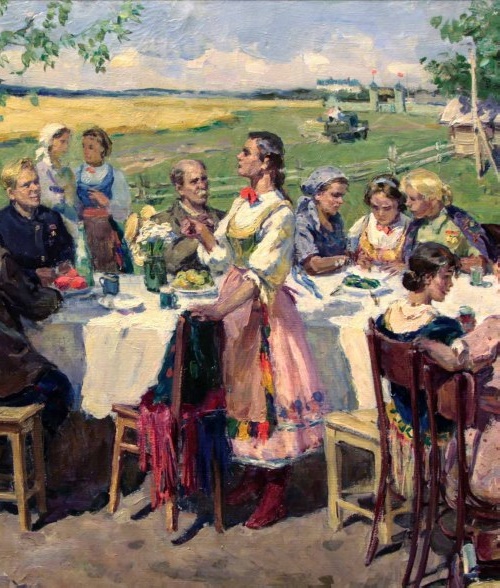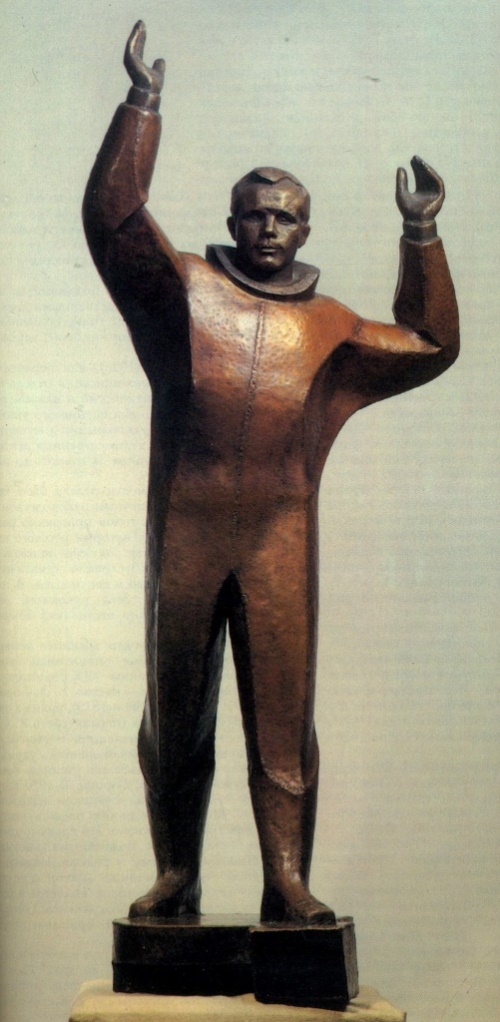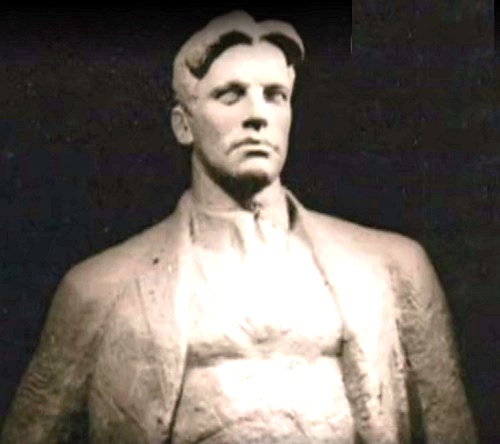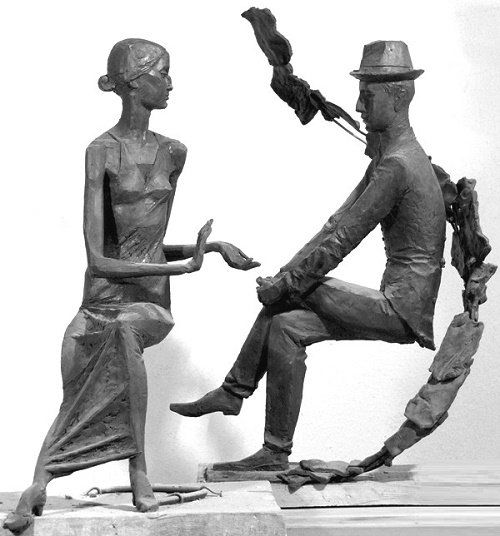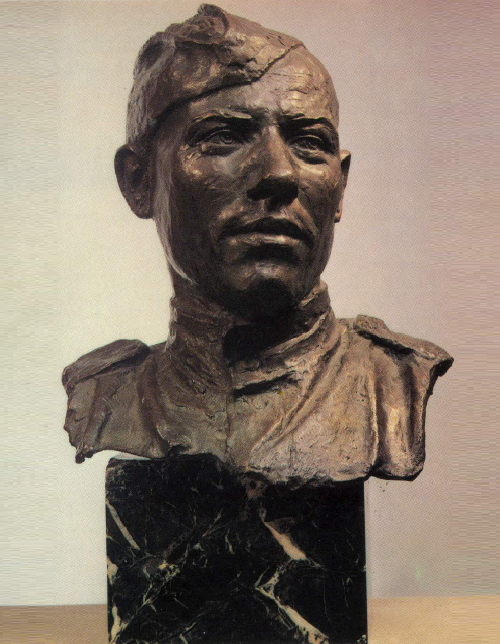Soviet artist sculptor Evgeny Rastorguev
Soviet artist sculptor Evgeny Rastorguev
An honored Artist of Russia, a member of the USSR Union of Artists (1953), Evgeny Rastorguev was born into a family of teachers in the village of Nikolo-Pogost of Nizhny Novgorod region. In 1940 he graduated from the Gorky Art School, and immediately began to participate in exhibitions of Soviet art. 1941-1945 – participant of the Great Patriotic War. In 1941, he became a military cartographer, and later worked in the front newspaper, participated in the erection of the first memorial museum of the Second World War – the architectural memorial complex “Svir victory”. After the war, in 1946, he enters the Institute of Painting, Sculpture and Architecture named after I.E. Repin in Leningrad, and then transferred to the Moscow State Art Institute named after VI Surikov. He studied in the workshop of SV Gerasimov. In 1953, on the recommendation of his teacher, SV Gerasimov, he was admitted to the Union of Artists. Rastorguev was a member of the famous “Group of 16”.
More »
